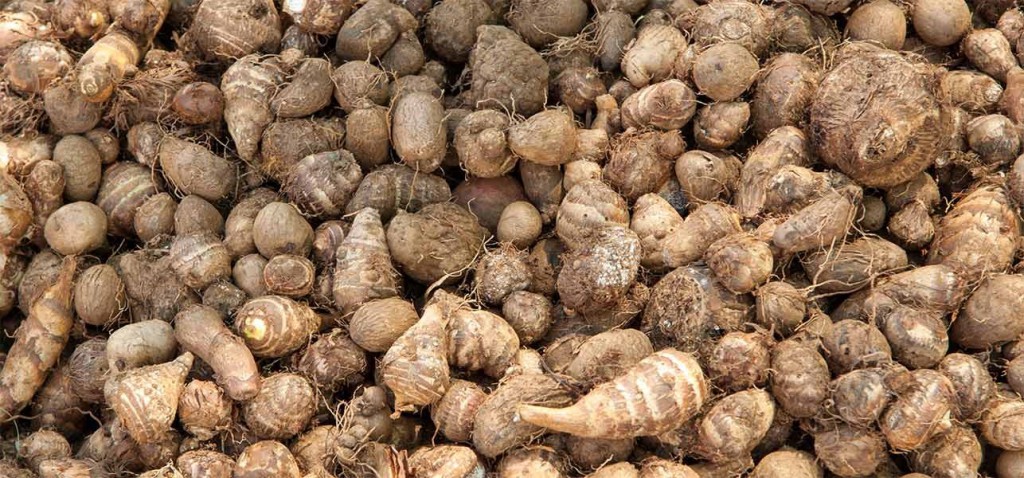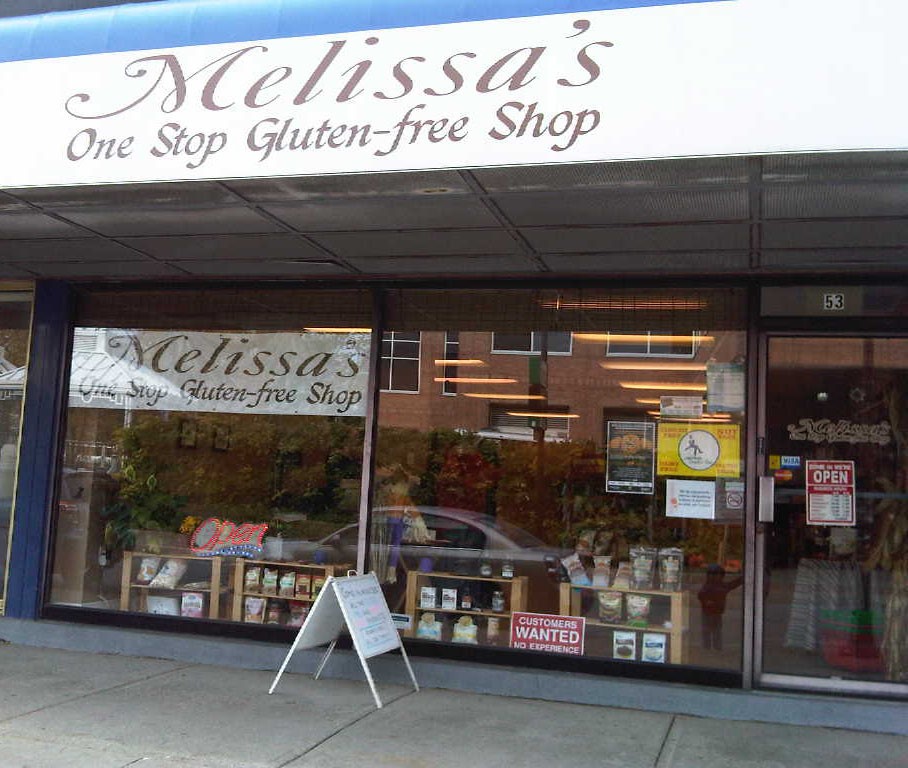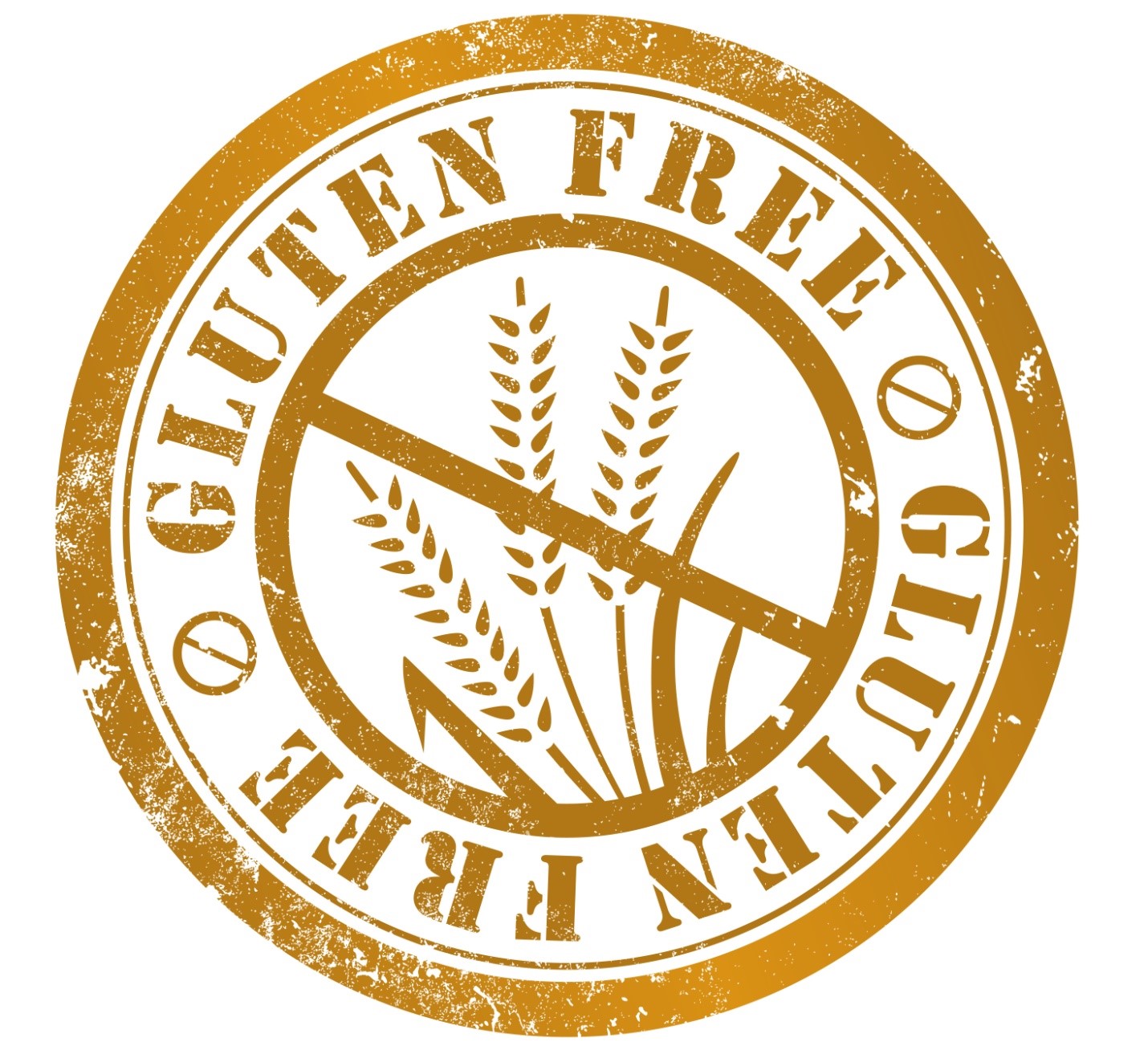Staying away from gluten-free foods is the only way to be sure that you don’t get affected by any food intolerances. Yes, it’s quite difficult to stay away from foods that you once liked, but staying away from them will do a whole lot of good to you.
In order to follow a gluten-free plan to the core, you first need to understand what gluten is, what is it present in gluten, what foodstuff contain gluten, and so on.
In a layman term, gluten can be defined as the protein that is commonly found across a number of food stuff that we consume on a regular basis. So if you have intolerances to it, then you know it is time to make a switch to a diet that is rich in natural vitamins, fiber, and nutrients.
Here are some tips for selecting the best gluten-free foods
1. Just make a note alongside your grocery list of items that you think could contain gluten. This will help you prevent those items added to your cart.
2. You can consider adding foods into your ‘eatable’ list that contain corn or rice. You may also include certain starches like arrowroot, potato, legumes, soy, and tapioca.

3. Before you start shopping for your food or start cooking in your kitchen, it is important to figure out what foods contain gluten or that contain ‘hidden’ source of that dangerous protein.
More often than not, wheat products, some kinds of sauces, condiments, and processed foods could contain appreciable amounts of gluten in them. On the other hand, meat, vegetables, and fruits that do not contain additives are generally gluten-free. Therefore, it makes sense for gluten intolerant people to rely more on fresh and unprocessed foods.
4. It is always better to shop for your items only in the gluten-free area in the supermarket, rather than the general shopping area. There are also many specialized shops open these days that sell nothing but gluten-free products round-the-clock. If you’re lucky to have one such shop near your area, then consider shopping from there only.

5. It is important that you read the finer details of the ingredients that are used in making your foodstuff. This could include terms like cereals and flour products, hydrolyzed veggie proteins, soya sauce, veggie gum, and starchy foods.
Remember, any of these options could contain gluten. Other terms you need to watch out for are plant proteins, emulsifier, stabilizers, and others. You also need to understand that your foodstuff could see a change in its ingredients list.
Try as much as possible to remove oatmeal, rye, barley, and wheat as well as substances derived from grains like wheat germ, bulgur, kasha, graham flour, durum rice flour, and others.
6. Go online and check out various celiac support groups there are and if possible, join them to know more about menu planning, recipes, and various tips on how to use foods that are gluten-free.
There are quite a few websites that provide useful and interesting information on the types of foods you need to be eating and ways to stay yourself away from foods rich in gluten.










